With environmental threats ranging from climate change to habitat destruction, conservation efforts have never been more important.

Around the world, innovative projects are working to restore ecosystems, protect endangered species, and combat pollution. These initiatives are not just about preserving nature—they are actively reversing damage, helping wildlife recover, and ensuring a healthier planet for future generations. Here are some of the most impactful conservation projects making a real difference today.
The Great Green Wall is transforming Africa’s landscape.

The Great Green Wall is one of the most ambitious conservation projects in the world. This initiative aims to create an 8,000-kilometre-long belt of trees across the Sahel region of Africa, stretching from Senegal in the west to Djibouti in the east. The goal is to combat desertification, restore degraded land, and improve food security for millions of people.
So far, millions of trees have been planted, helping to stabilise soil, increase biodiversity, and provide sustainable livelihoods for local communities. By supporting reforestation efforts and sustainable agriculture, the Great Green Wall is restoring ecosystems and improving the lives of those who depend on them.
The Ocean Cleanup is removing plastic from the sea.
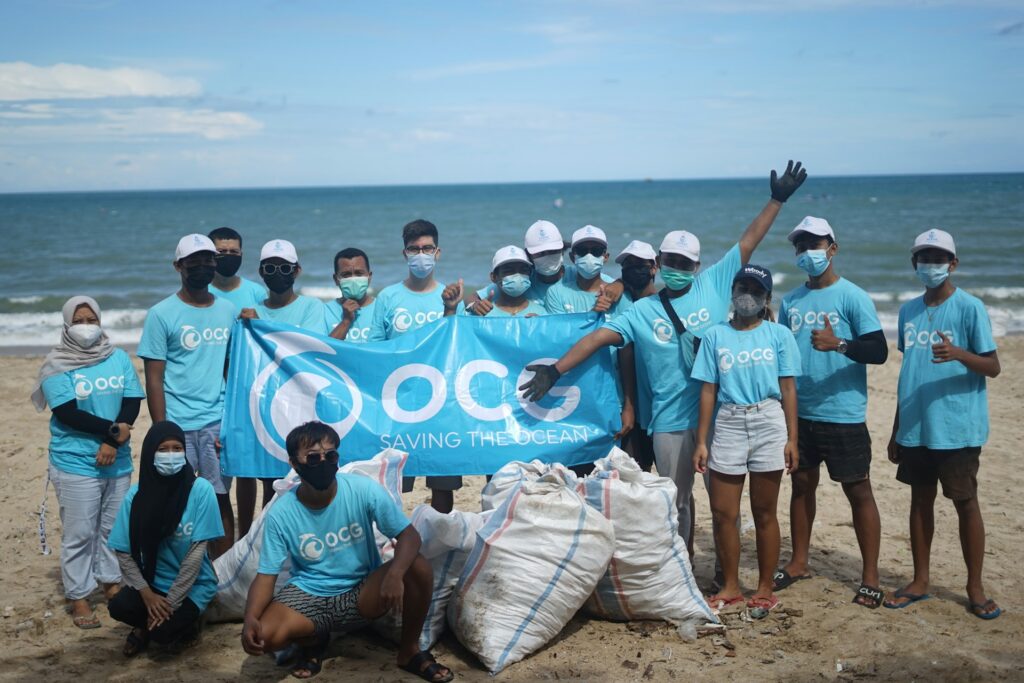
Plastic pollution is one of the biggest threats to marine life, and The Ocean Cleanup is tackling the problem head-on. This project, founded in 2013, has developed advanced cleanup technology designed to remove plastic from the Great Pacific Garbage Patch and other oceanic waste zones.
Using floating barriers that passively collect debris, The Ocean Cleanup has already removed thousands of tonnes of plastic from the ocean. The initiative is now expanding to prevent plastic from entering the sea in the first place by targeting major rivers that contribute to marine pollution. Supporting this project by reducing plastic waste and advocating for cleaner oceans helps amplify its impact.
Yellowstone’s wolf reintroduction restored an entire ecosystem.
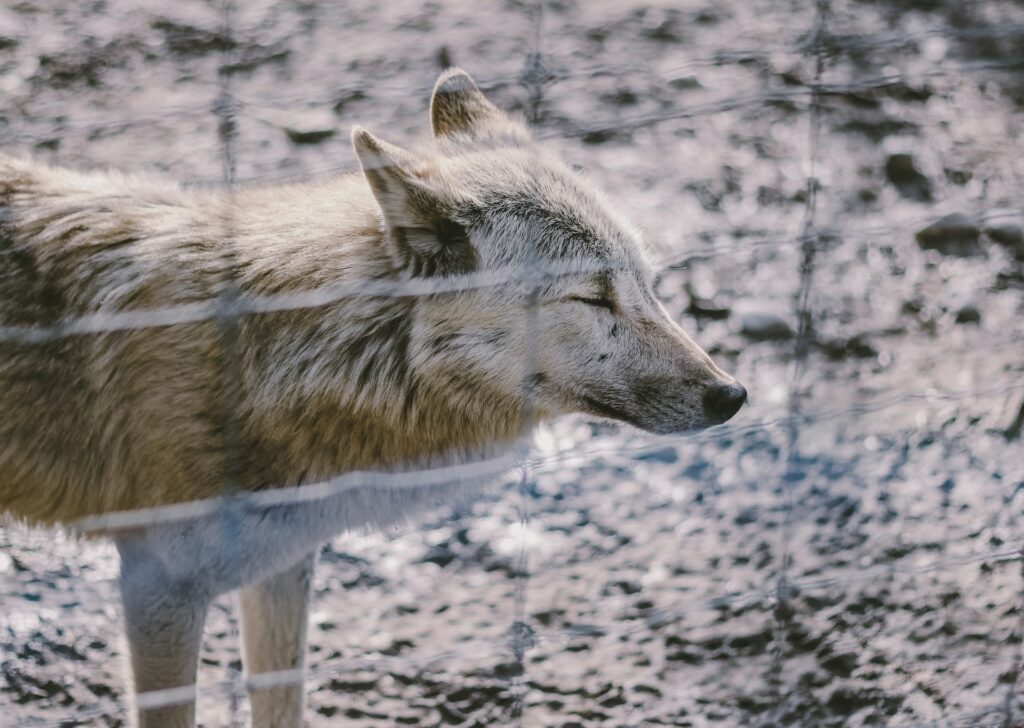
One of the greatest conservation success stories of the last century is the reintroduction of wolves to Yellowstone National Park in the 1990s. After being hunted to extinction in the area, the absence of wolves led to an overpopulation of elk, which overgrazed vegetation and caused widespread ecological imbalance.
Since their return, wolves have helped regulate elk numbers, allowing trees and plants to recover. This, in turn, has improved habitats for beavers, songbirds, and other wildlife. The restoration of this key predator has demonstrated the importance of keystone species in maintaining ecological balance.
The Borneo Orangutan Survival Foundation is protecting rainforests.
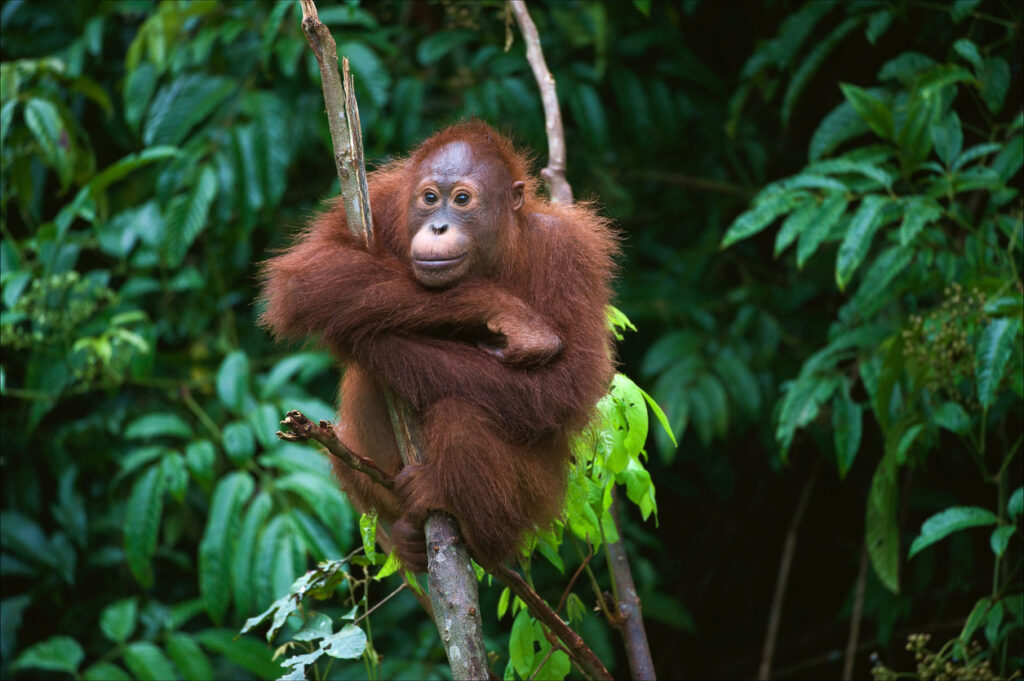
The Borneo Orangutan Survival Foundation (BOSF) is dedicated to rescuing and rehabilitating orangutans displaced by deforestation and illegal wildlife trade. By working with local communities, the organisation helps restore destroyed habitats, reintroduce rehabilitated orangutans to the wild, and promote sustainable land-use practices.
Deforestation for palm oil plantations remains a major threat to orangutans, but conservation projects like BOSF are helping to protect remaining forests. Consumers can support these efforts by choosing products made with sustainable palm oil and donating to organisations working to protect endangered species.
Project Drawdown is offering real climate solutions.

While many conservation efforts focus on protecting specific species or ecosystems, Project Drawdown takes a broader approach by identifying the most effective ways to combat climate change. This research-based initiative has compiled a list of scalable solutions that could significantly reduce greenhouse gas emissions.
Their findings highlight practical strategies such as restoring forests, reducing food waste, shifting to renewable energy, and improving agricultural practices. By prioritising evidence-based solutions, Project Drawdown is helping governments, businesses, and individuals make informed choices that benefit the environment.
The Black Rhino Conservation Project is saving a species from extinction.

Black rhinos were once on the brink of extinction due to poaching and habitat loss. Conservation groups, including the Black Rhino Conservation Project, have worked tirelessly to protect these animals through anti-poaching efforts, habitat restoration, and breeding programs.
Thanks to these initiatives, black rhino populations have been slowly increasing. However, the species remains critically endangered, making continued conservation efforts essential. Supporting rhino conservation through donations, ethical tourism, and awareness campaigns helps ensure their survival.
The Trillion Trees Initiative is restoring forests worldwide.

Deforestation is a leading cause of biodiversity loss and climate change, but the Trillion Trees Initiative is working to reverse this damage. This global project, led by conservation groups like WWF and BirdLife International, aims to restore and protect forests by planting trees in key regions.
Beyond planting trees, the initiative focuses on long-term forest management, ensuring that newly planted forests become thriving ecosystems rather than short-term carbon offsets. Individuals can contribute by supporting reforestation programs and planting native trees in their own communities.
Coral gardening is helping rebuild damaged reefs.
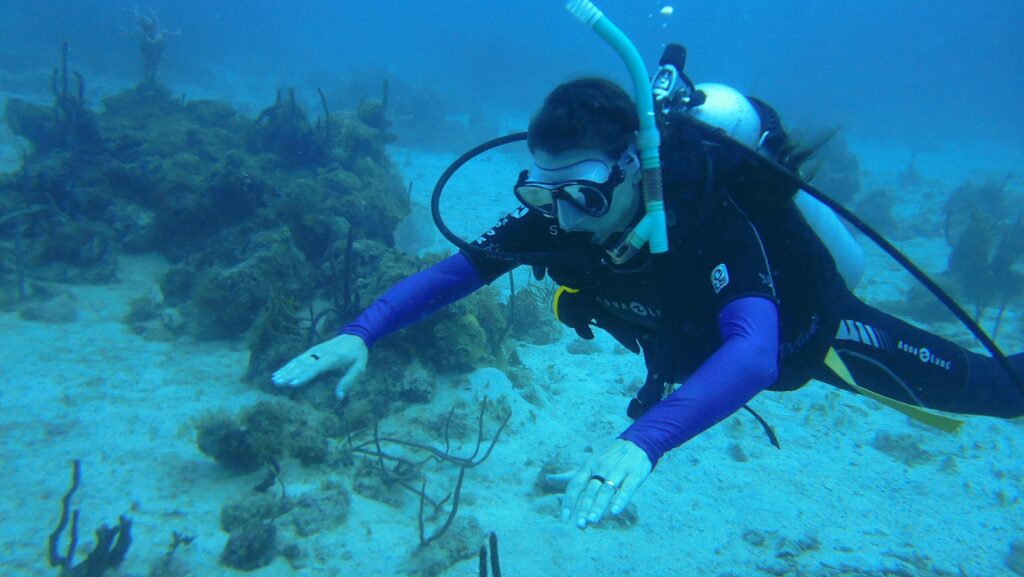
Coral reefs are dying at an alarming rate due to rising ocean temperatures, pollution, and destructive fishing practices. Coral gardening projects, such as those run by the Coral Restoration Foundation, are helping restore damaged reefs by growing and transplanting healthy corals into degraded areas.
These efforts have already shown promising results, with restored reefs providing shelter for marine life and improving biodiversity. Individuals can support coral conservation by reducing plastic waste, avoiding harmful sunscreens, and supporting sustainable seafood choices.
The African Parks Network is protecting vast wildlife reserves.
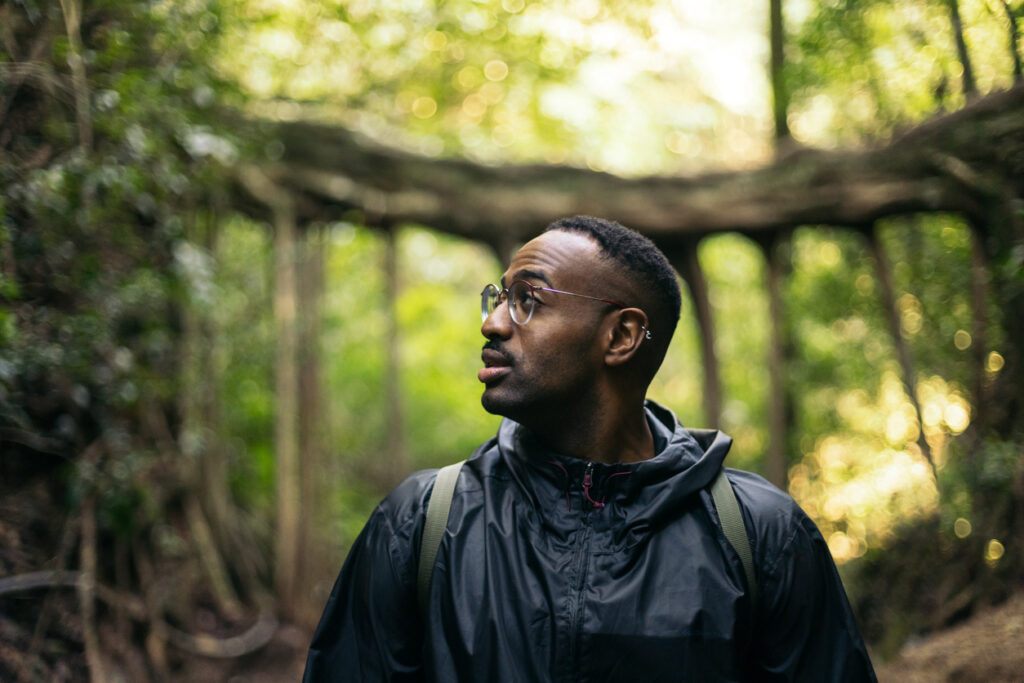
The African Parks Network manages some of the largest and most ecologically important wildlife reserves on the continent. By working in partnership with governments and local communities, this organisation has successfully rehabilitated and protected national parks in countries such as Malawi, Chad, and the Democratic Republic of Congo.
Their conservation model focuses on restoring ecosystems, combating poaching, and providing economic benefits to local communities. This approach ensures that wildlife protection efforts are sustainable in the long term. Eco-tourism and donations to conservation groups help support projects like this.
The Red Sea’s regenerative tourism project is preserving marine life.
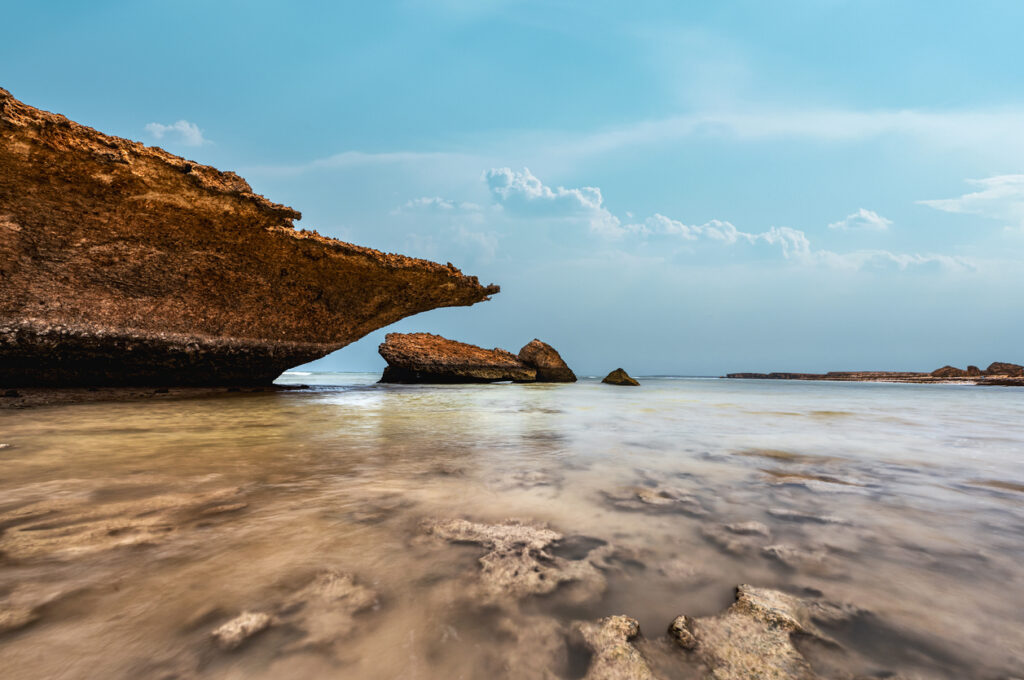
The Red Sea Project in Saudi Arabia is an ambitious effort to develop tourism while protecting marine biodiversity. Unlike traditional coastal developments that damage ecosystems, this project prioritises conservation by creating marine protected areas, restoring coral reefs, and limiting tourist access to sensitive habitats.
This model of regenerative tourism aims to demonstrate that economic development and environmental protection can coexist. Tourists can support similar conservation-focused travel initiatives by choosing eco-friendly tour operators and respecting marine life when visiting fragile ecosystems.
The Iberian Lynx Recovery Program is bringing a species back.
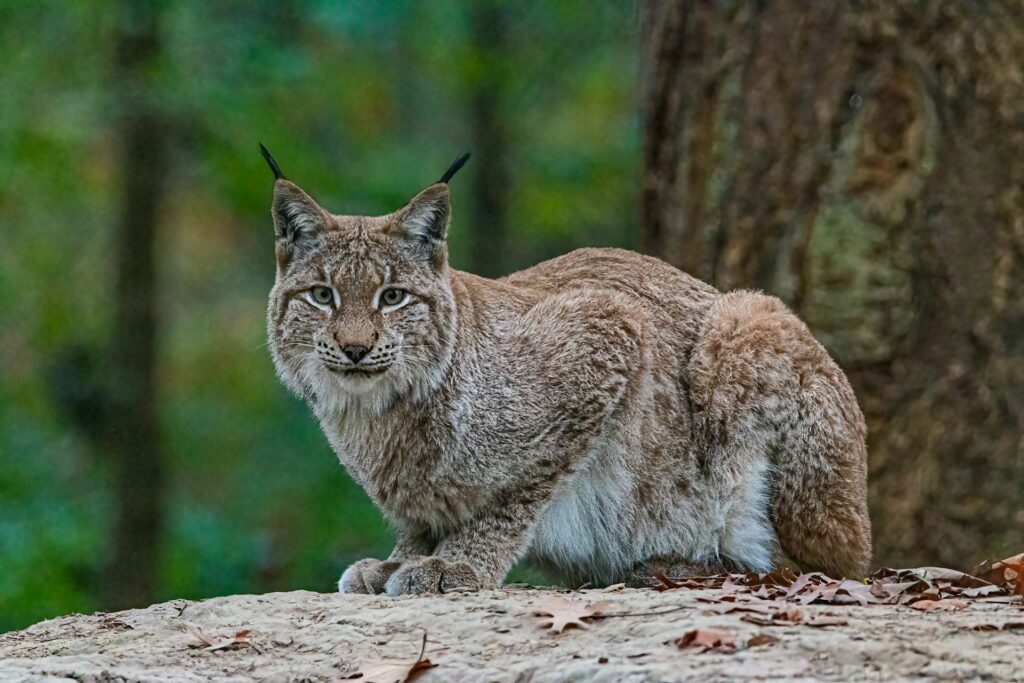
The Iberian lynx was once the most endangered wild cat species in the world, with fewer than 100 individuals left in the early 2000s. Thanks to intensive conservation efforts—including breeding programs, habitat restoration, and prey management—the lynx population has now rebounded to over 1,000 individuals.
This recovery proves that even critically endangered species can bounce back with dedicated conservation work. Supporting habitat preservation projects and responsible land-use policies can help ensure their continued survival.
How You Can Support These Conservation Efforts

While large organisations and governments play a crucial role in conservation, individuals can also make a meaningful impact. Here’s how you can help:
- Support conservation organisations – Donating to or volunteering with groups working on wildlife and ecosystem protection helps fund critical projects.
- Reduce plastic and waste – Cutting down on single-use plastics and supporting cleanup efforts helps protect oceans and wildlife.
- Choose sustainable products – Avoiding products linked to deforestation, such as unsustainable palm oil and overfished seafood, reduces environmental harm.
- Advocate for climate policies – Supporting policies that prioritise renewable energy, emissions reductions, and wildlife protection helps drive large-scale change.
- Practice responsible tourism – Choosing eco-friendly travel options and respecting protected areas helps minimise human impact on fragile ecosystems.
These conservation projects prove that real change is possible when efforts are focused, well-funded, and supported by the global community. With continued action, we can help restore damaged ecosystems, protect endangered species, and preserve the planet for future generations.